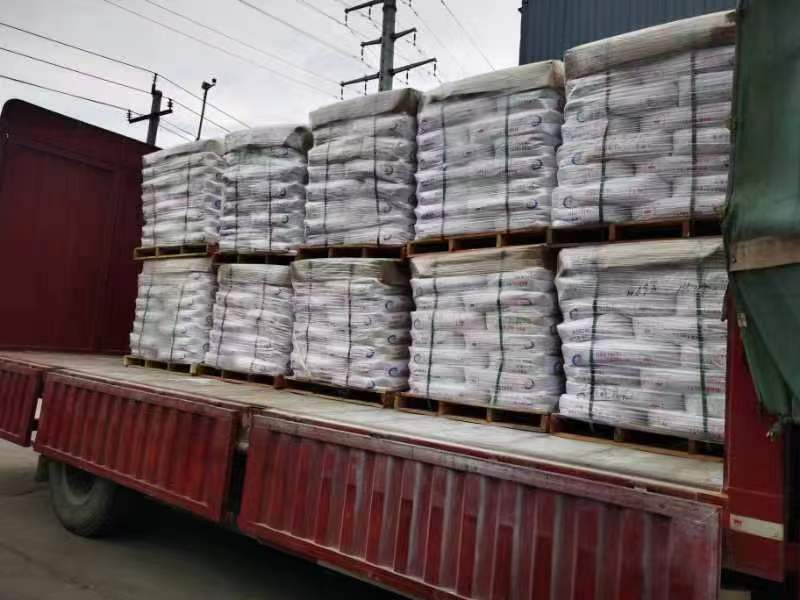
Dec . 04, 2024 15:22 Back to list
ingesting titanium dioxide
Ingesting Titanium Dioxide Understanding the Risks and Implications
Titanium dioxide (TiO2) is a white pigment widely used in various products, including paints, sunscreens, food additives, and cosmetics. It is prized for its brightness and opacity, enabling it to enhance the visual appeal and longevity of products. While titanium dioxide is generally recognized as safe for many applications, recent discussions around its ingestion—particularly in food products—have raised important health considerations.
Ingesting Titanium Dioxide Understanding the Risks and Implications
One significant study published in recent years highlighted that titanium dioxide nanoparticles can induce oxidative stress in cells. Oxidative stress refers to the imbalance between free radicals and antioxidants in the body, which can lead to cellular damage and has been implicated in a variety of diseases, including cancer. This effect raises questions about the long-term safety of consuming products containing titanium dioxide, prompting regulatory bodies to re-evaluate its use in food.
ingesting titanium dioxide

The European Food Safety Authority (EFSA) has taken a proactive approach, conducting extensive assessments of titanium dioxide's safety profile. In 2021, the EFSA concluded that titanium dioxide can no longer be considered safe as a food additive. The decision was based on evidence that the nanoparticles can be absorbed by the body and may lead to adverse effects, including potential carcinogenicity. In light of these findings, the EU has moved to ban the use of titanium dioxide in food products, a significant regulatory shift aimed at protecting public health.
In contrast, in the United States, the Food and Drug Administration (FDA) still regards titanium dioxide as safe for use in food items within certain limits. However, consumer awareness and demand for transparency regarding food additives are rising. Many consumers today prefer products free from additives deemed potentially harmful, and food manufacturers are responding by reformulating products to exclude titanium dioxide or replace it with natural alternatives.
The implications of ingesting titanium dioxide extend beyond individual health. The growing trend in health consciousness aligns with broader environmental concerns. Titanium dioxide mining and production have environmental repercussions, including habitat destruction and pollution. As consumers encourage sustainable practices in food production, the scrutiny on artificial ingredients, including titanium dioxide, is likely to fuel further demand for transparency, sustainability, and eco-friendly alternatives.
In conclusion, while titanium dioxide has been a staple in various industries due to its desirable properties, the potential risks associated with its ingestion highlight the need for careful consideration of food additives. As research continues to evolve and consumer preferences shift, it is crucial for both manufacturers and regulators to prioritize safety and transparency. Ongoing studies and evolving regulations will shape the landscape of food safety, ensuring that the health of consumers remains a top priority. For individuals concerned about their health and the ingredients in their food, staying informed and making conscious choices about the products they consume is essential in navigating the complexities surrounding titanium dioxide and its implications for well-being.
-
Premium 6618 Titanium Dioxide for GPT-4 Turbo Applications
NewsJul.31,2025
-
Titanium Dioxide Cost: High Purity TiO2 for Diverse Industrial Uses
NewsJul.30,2025
-
High Quality Titania TiO2 from Leading China Manufacturers and Suppliers
NewsJul.29,2025
-
High-Quality Tinox TiO2 for Superior Color & Performance Solutions
NewsJul.29,2025
-
High Quality Titania TiO2 from Leading China Supplier & Manufacturer
NewsJul.29,2025
-
High-Performance r6618 TiO2 for Superior Whitening and Versatility
NewsJul.28,2025
